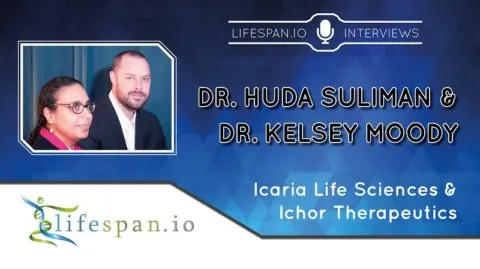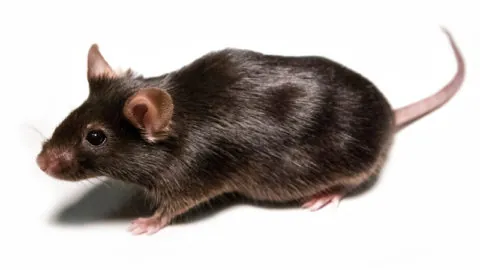April 30, 2019
Researchers have tested nicotinamide mononucleotide on aged mice to see if it can help reverse age-related cognitive decline by improving blood flow in the brain. The brain is a hungry organ Healthy brain function relies on efficient cerebral blood flow (CBF) to wash away harmful waste products for disposal and supply the brain with an...
April 25, 2019
Scientists from Johns Hopkins Medicine have reported the successful creation of a special type of gel that mimics the lymph nodes in our bodies. This gel recruits and multiplies T cells just like actual lymph nodes do, so it could help in the fight against cancer and immune system disorders. The lymph nodes are the...
April 17, 2019
Professor Jerry Shay of the Shay/Wright lab is perhaps most well-known for his research on telomeres and telomerase and their relation to cancer and aging. He has been instrumental in the development of telomerase inhibitors, which turn off the expression of telomerase in cancer cells; this expression is one way in which cancer cells become...
April 16, 2019
Rapamycin is a promising anti-aging therapeutic derived from a bacterium that was first found on Easter Island (it's named for Rapa Nui, the official name of Easter Island). It inhibits mTOR (mechanistic target of rapamycin), thus inhibiting the immune system response that would, in some cases, lead to organ rejection. This is the on-label, FDA-approved...
April 11, 2019
At Undoing Aging 2019, we interviewed some of the best researchers who are involved in discovering therapies for the root causes of aging. Their research aims to ameliorate the damages of aging and may one day lead to a future without the diseases of aging. We were glad to have the opportunity to conduct a...
April 09, 2019
A team of Stanford researchers led by Professor Wyss-Coray set out to find out which genes were linked to age-related cognitive decline. Not only did the researchers find the culprit, they were able to reverse cognitive decline and rejuvenate aged mouse brains. Searching for the cause of cognitive decline Microglia are immune cells that reside...








